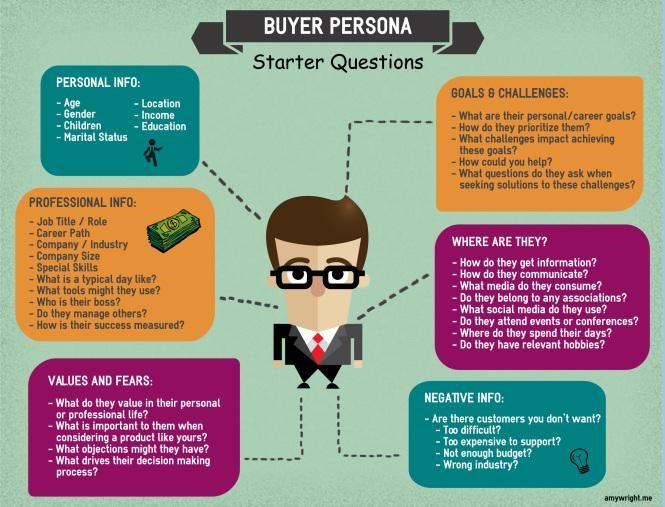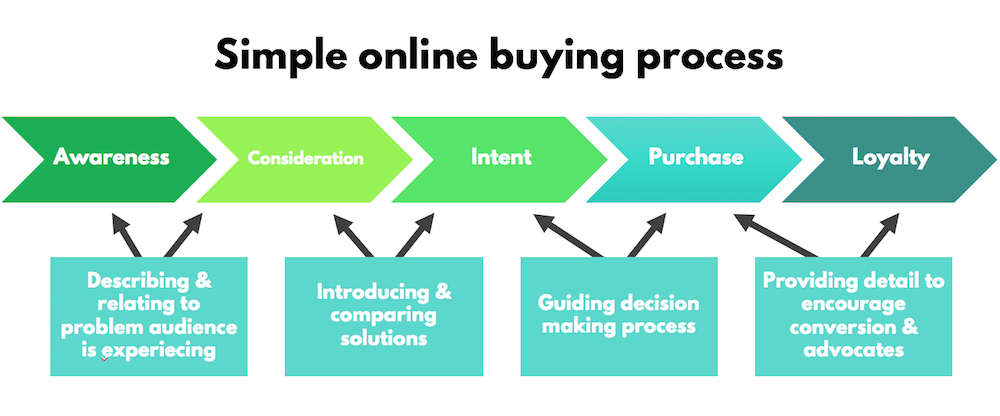Dallas SEO Expert Qamar Zaman explains 4 SEO Tactics that Optimize Your Site for Real People
When it comes to SEO, one mistake that many marketers tend to make is missing the forest for the trees.
What am I talking about? I’m referring to the tendency of many SEOs to get bogged down by analytics data, clickthrough rates, bounce rates, conversions, and all this technical mumbo jumbo that should not be the be-all and end-all of search engine optimization.
Like any digital marketing strategy or school of thought, SEO is about marketing and promoting your brand to people—people.
Keeping track of hard data is one thing, but focusing only on numbers and stats won’t mean a thing if you don’t understand how your target audience thinks and behaves.
- Why do people visit your site?
- More importantly, why should they?
- What kind of information appeals to them the most?
- How can you help solve their problems?
These are just a few of the questions you need to ask yourself before you even optimize your site for search engines.
As you’re figuring out the answers to these questions, here are a few more hacks to help you create an SEO plan based on your customers’ behavior.
- Figure Out Who You Should Reach Out To

If you don’t know who your customers are or what factors will turn ordinary people into your customers, you won’t get anywhere with any kind of marketing campaign.
As a business owner, you should be able to figure this out quickly. Otherwise, you need to sit down and think hard about just who will benefit from your brand’s products and services. Very rarely will any business have just one kind of target customer.
This is where buyer personas come in.
This HubSpot write-up offers a succinct definition of what a buyer persona is: “A buyer persona is a semi-fictional representation of your ideal customer based on market research and real data about your existing customers.”
The best way to start is to simply talk to your current customers. What do they like about your brand? Your products and services? What problems do your products and services solve?
But how is this relevant to SEO? By understanding who your customers are, it becomes easier to adjust your content and keywords to their specific needs and motivators, which in turn helps speed up the conversion process.
2. Check What Your Competitors Are Doing

Another common practice among almost all consumers is the habit of comparing brands and products before making a purchase decision.
This in itself should give you enough reason to check out what your competition is doing, what tactics they’re employing, and what strategies seem to yield the best return on investment.
- How does their on-site SEO look like?
- What keywords are they using on their landing pages?
- Are they running any PPC ads? Check their copy for keywords and calls to action.
- Do your competitors have a blog? How often do they update it, if at all?
Moz.com’s Open Site Explorer is a powerful tool that helps you determine how well your site is doing compared to others and vice versa.
3. What Do Your Customers Want?

Once you’ve created your buyer personas, you then need to make sure your SEO campaign reaches out to customers across the different buying stages.
As search engine algorithms continue to evolve in sophistication, gone are the days of simply relying on keyword research to identify potential search terms and phrases your audience would probably use when making search engine queries, and ‘sprinkling’ these keywords across your landing pages and content assets.
For the most part, this helped users find search results they actually found useful. Still, it was far from perfect.
Thankfully, search engines have become smarter and more efficient at determining what search users want—in other words, what their buying intent is. Besides keywords, Google now takes into account the following:
- Device the search query comes from
- The time of day the query is made
- The location of the search user
The goal, of course, is to deliver the most relevant search results possible to users. And this is where your market research and buyer personas come in, helping you optimize your content for users in the different stages of the buying process, also known as a funnel.
For example, you may have someone who has committed to making a purchase, but is still weighing their options about where to best spend their money. Considering this information, you can optimize your content to reflect a bargain for customers that buy from you—it can be a discount, free shipping, or future deals on repeat purchases.
4. Know What Challenges Your Customers Face
Modern SEO has gone from simply cramming in keywords into landing pages and content assets, evolving into a process of solving people’s problems.
More than anything else, customers want information—your job is to give it to them. But you can’t just give them any kind of information. It has to be something that actually solves their problems and concerns, something that’s obviously related to your products and services, of course.
Notice how I keep going back to problems and concerns.
Part of developing buyer personas is knowing what your customers’ pain points are.
These are the issues, concerns, challenges, problems, and desires your customers face—or don’t even know that they’re facing. Once you’ve identified these pain points, you can then work your way towards presenting your products and services (through SEO and content) as having the power to overcome these pain points.
For example, let’s say your business sells used tires.
- One group of customers may be concerned about the quality of used tires—you can work on creating content that promises a warranty or some other strategy to allay their concerns about this issue.
- Yet another group may be concerned about shipping costs—you can perhaps weigh the cost-benefit ratio of offering free shipping, adjusting your content and PPC ad copy as needed.
To put it simply, the goal here is to optimize your content to address the different pain points of your buyer personas.
Conclusion
As mentioned earlier, these SEO tactics all revolve around a common factor: optimizing for people instead of search engines. If you optimize your site and your content with the goal of helping your potential customers, your rankings should improve in time.
Focus on helping your customers and providing them with the information they need. If you’re successful, you not only help solve their problems through your products and services, you also enjoy enhanced visibility on the Google search engine results pages (SERPs).

